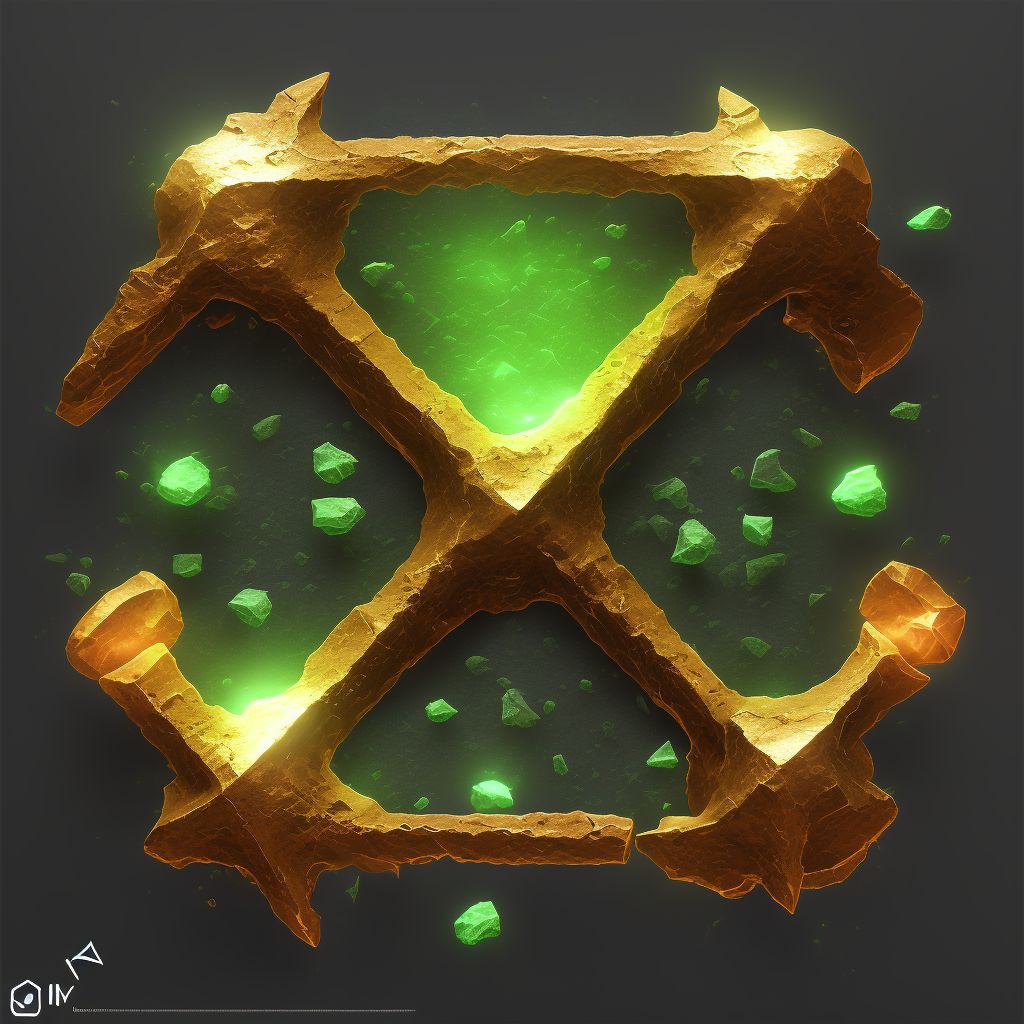
Nondisplaced comminuted fracture of shaft of right fibula, subsequent encounter for open fracture type IIIA, IIIB, or IIIC with nonunion Save
ICD-10 code: S82.454N
Disease category: S82.454: Nondisplaced comminuted fracture of shaft of right fibula
Nondisplaced Comminuted Fracture of Shaft of Right Fibula: Understanding Open Fracture Types IIIA, IIIB, or IIIC with Nonunion
A nondisplaced comminuted fracture of the shaft of the right fibula is a type of fracture that occurs when the bone is broken into multiple pieces but remains in its original position. In subsequent encounters, it is important to understand the open fracture types IIIA, IIIB, or IIIC with nonunion that may develop.
Open fractures are characterized by a break in the skin, which exposes the fractured bone to the external environment. They are commonly classified using the Gustilo-Anderson classification system, which categorizes the severity of the injury based on the extent of soft tissue damage, contamination, and fracture complexity.
- Type IIIA: This classification refers to fractures with adequate soft tissue coverage, despite extensive soft tissue damage. The wound is typically less than 10 centimeters long and does not require soft tissue coverage. Nonunion refers to the failure of the fractured bone to heal within the expected time frame.
- Type IIIB: Fractures classified as IIIB involve extensive soft tissue loss that requires soft tissue coverage to close the wound. The bone may be exposed or contaminated, and nonunion is a potential complication.
- Type IIIC: Type IIIC fractures are the most severe and involve vascular injuries alongside the extensive soft tissue loss. These fractures often require urgent vascular repair, and nonunion is a common challenge in their treatment.
Nonunion refers to the failure of the fractured bone to heal despite appropriate treatment and time. It can occur in any type of open fracture, including types IIIA, IIIB, or IIIC. Factors that contribute to nonunion include inadequate blood supply, infection, poor immobilization, and patient-related factors.
Proper management of nondisplaced comminuted fractures of the shaft of the right fibula with subsequent encounters involving open fracture types IIIA, IIIB, or IIIC with nonunion is crucial to ensure optimal healing and recovery. Treatment options may include surgical interventions, such as bone grafting, fixation with plates or screws, and the use of external fixation devices.
It is important to consult with a healthcare professional experienced in orthopedic care to determine the most appropriate treatment plan for each individual case. Early intervention and comprehensive management can significantly improve the chances of successful healing and help patients regain their mobility and quality of life.
Treatment of Nondisplaced comminuted fracture of shaft of right fibula, subsequent encounter for open fracture type IIIA, IIIB, or IIIC with nonunion:
Treatment Options for Nondisplaced Comminuted Fracture of Shaft of Right Fibula, Subsequent Encounter for Open Fracture Type IIIA, IIIB, or IIIC with Nonunion
A nondisplaced comminuted fracture of the shaft of the right fibula, combined with an open fracture type IIIA, IIIB, or IIIC with nonunion, can be a challenging condition to treat. However, there are several treatment options...
To see full information about treatment please Sign up or Log in